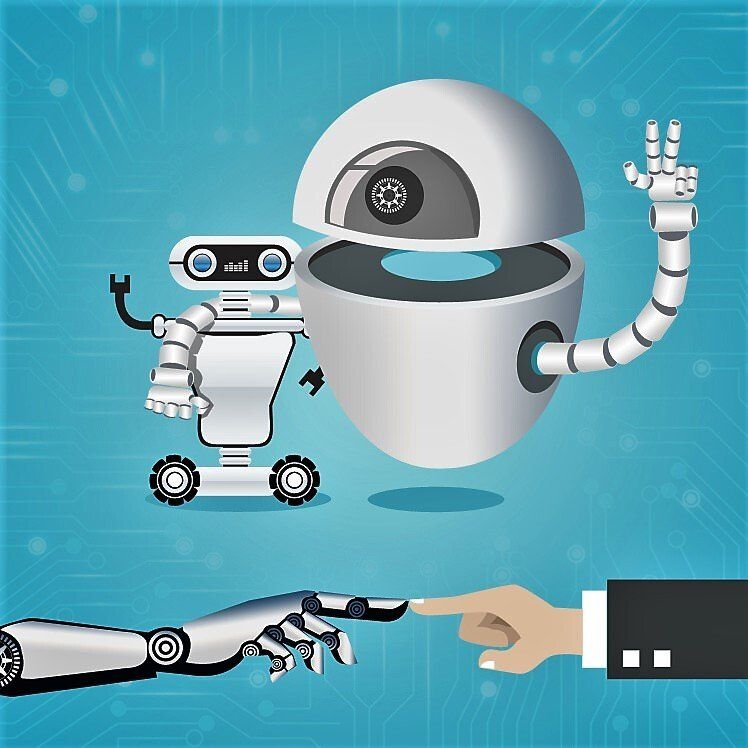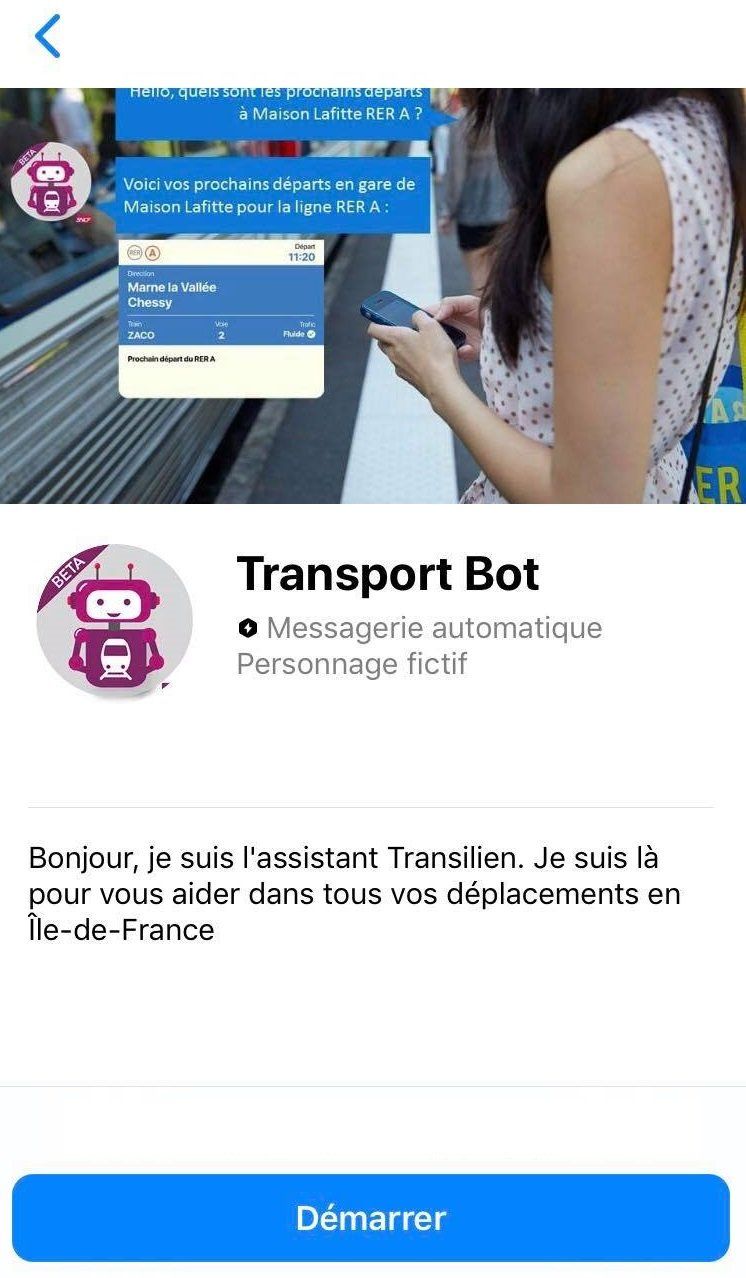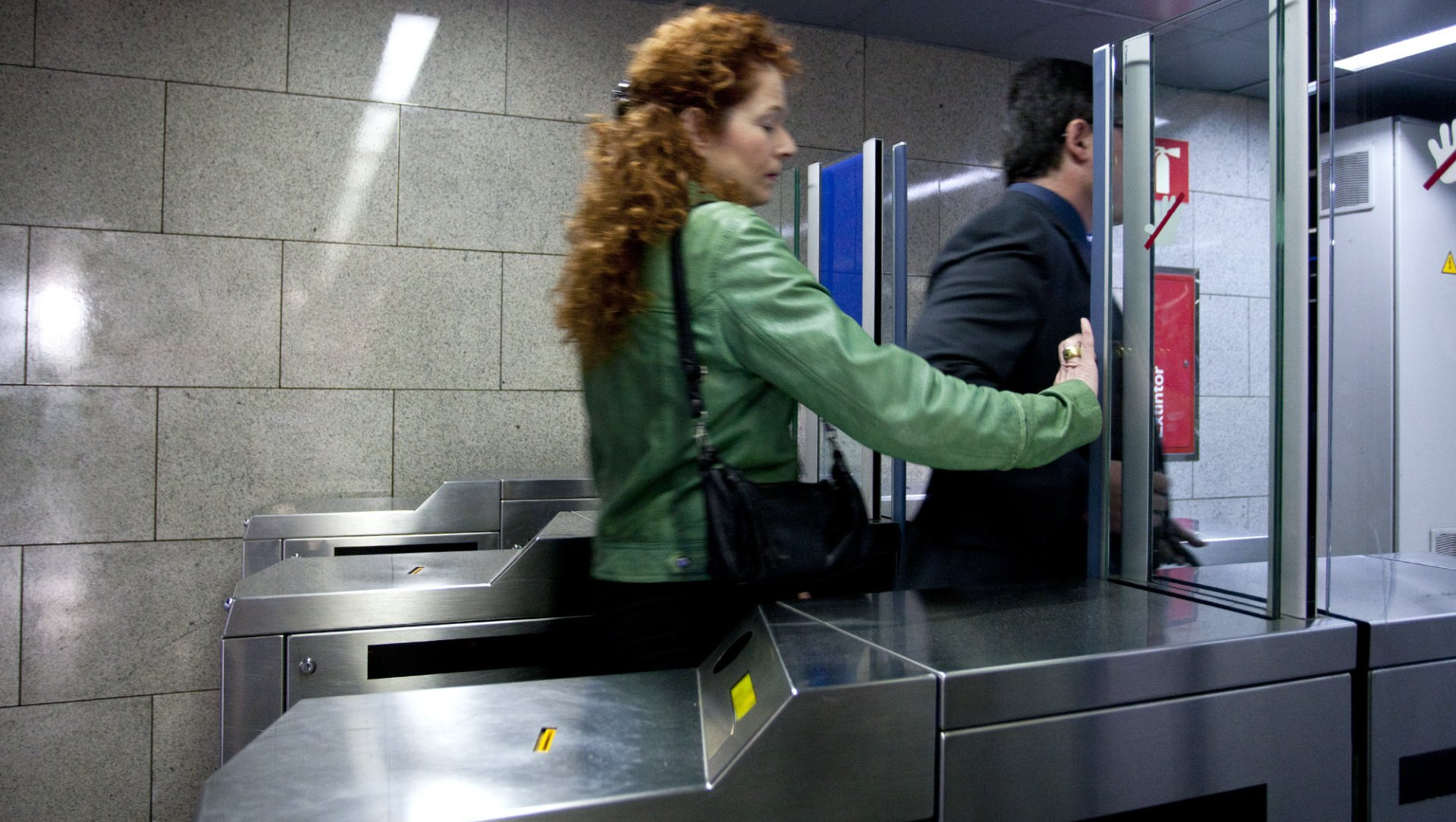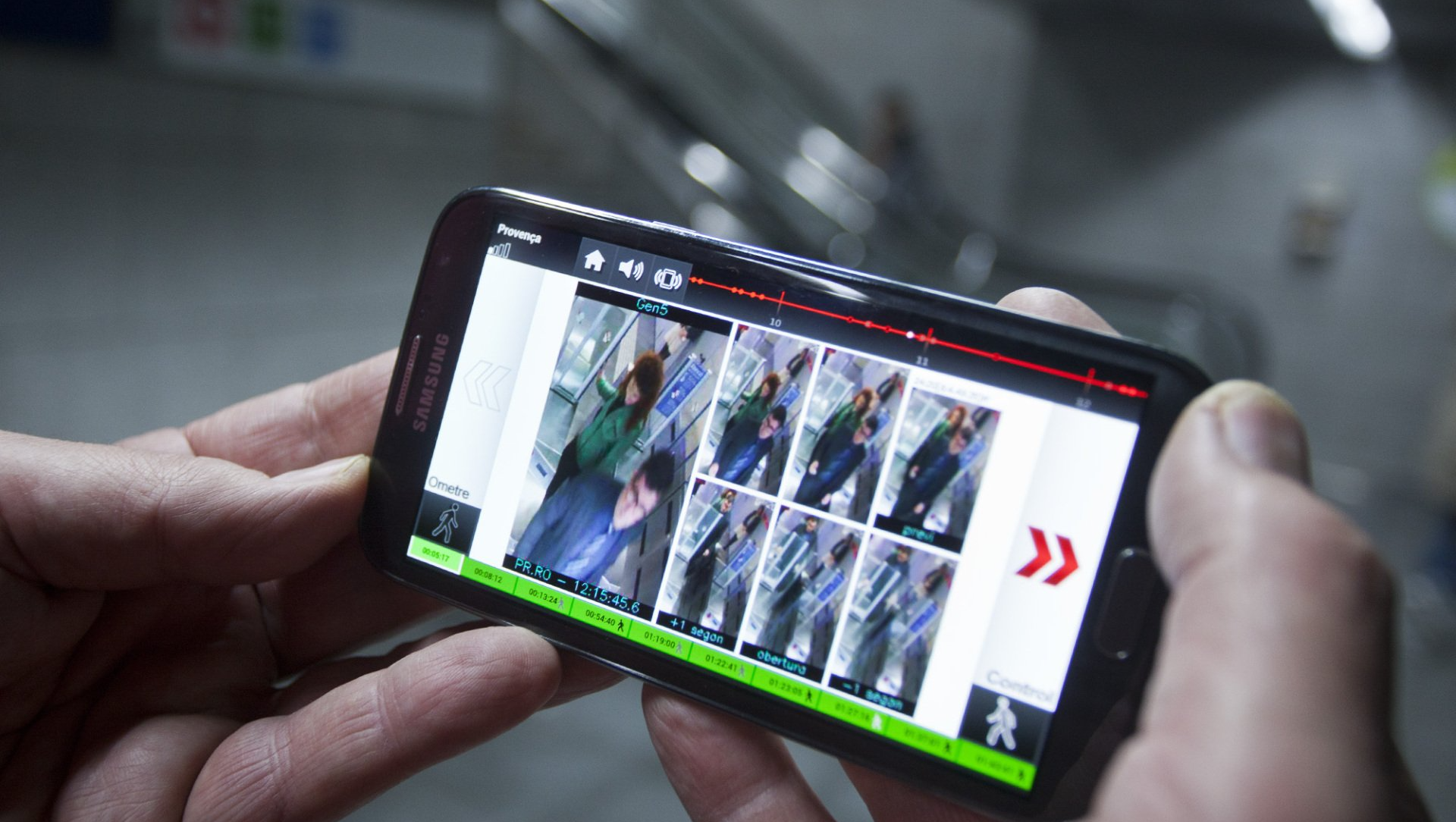AI with people in mind
‘Customer excellence: the use of AI applications to achieve better customer service and intelligence amongst authorities and operators’ is one focus area highlighted in the report Artificial Intelligence in Mass Public Transport, released in December 2018 by the UITP Asia-Pacific Centre for Transport Excellence.

With customer support in mind, transport companies and authorities are increasingly looking to conversational agents, in the form of chatbots and virtual assistants, as part of their drive to improve the service experience.
Those already using chatbots to provide a level of automated service include Transport for London (TfL), whose TravelBot on Facebook Messenger serves as a status checker for Tube, rail, and bus services. In Singapore, users of MTR’s chatbot function on MTR Mobile can input their destination in English and Chinese (Cantonese), via text or voice, to obtain the MTR station(s) and exit(s) nearby, together with route suggestions and estimated journey times.

Over the years, French Railways (SNCF) has been testing chatbots on various platforms. These include
Tout’Oui
on SNCF.com, which digitises the customer claims process, and
OUIbot on oui.sncf for purchasing high-speed and conventional rail tickets. Most recently, in January 2019, the operator launched
Chatbot Transilien
for passengers using metro, rail, and tram services in Ile-de-France (Paris and its region). In beta since 14 January on Facebook Messenger and Twitter, it provides information on timetables, route and network plans, fares and tickets, purchasing options, claim and contact forms.
Over the years, French Railways (SNCF) has been testing chatbots on various platforms. These include
Tout’Oui on SNCF.com, which digitises the customer claims process, and
OUIbot
on oui.sncf for purchasing high-speed and conventional rail tickets. Most recently, in January 2019, the operator launched
Chatbot Transilien for passengers using metro, rail, and tram services in Ile-de-France (Paris and its region). In beta since 14 January on Facebook Messenger and Twitter, it provides information on timetables, route and network plans, fares and tickets, purchasing options, claim and contact forms.

Staying ahead of the game
Back in 2016, travel tech group Amadeus already viewed the ‘chatbot revolution’ as an opportunity for the railways and its passenger. ‘Chatbots are there to inspire, search, book and provide after sales service – and they are here to stay. The digital experience is evolving and so should businesses willing to stay ahead of the game.’
Over the past three years, the rise in smartphones and messaging apps has certainly helped boost the appeal of this new communications channel among travellers. Meanwhile on the operating side,
Artificial Intelligence in Mass Public Transport views chatbots as a springboard for more ambitious plans to come: ‘AI powered video analytics and chatbots are two types of applications that are relatively easy to deploy with fewer barriers to development. They can be viewed as a place to start when thinking about deploying AI technologies, with a view to developing more complex applications in the future’.
Meet Pepper
Also inspired by AI, robots are making their way into transport systems. One example is Pepper, designed by Softbank Robotics, which has been trialled, amongst others, by operators SNCF, Keolis, and RATP. Described as a ‘social humanoid robot’, Pepper can recognise faces and basic human emotions. Optimised for human interaction, it engages with people public through conversation and an in-built touch screen.
In October 2018, Pepper joined the Eurostar team at London St Pancras station. The aim being, according to the international, high-speed rail operator, ‘to entertain customers, particularly families and children, to offer a fun new way of finding out about their journey before departure and entertain younger travellers.’
Located in the departure lounge, Pepper interacts with passengers via its tablet, providing an interactive station map, information about the on-board experience, destination tips for Paris, Brussels, Lille and Amsterdam. It is also able to respond to questions and even pose for selfies.
“We are always looking for new ways to innovate and explore technologies that can help enhance the overall customer experience,” said Perrine Allain, Head of Digital at Eurostar.
In April 2019, Eurostar told BtB Rail the initial feedback has been very positive. While the operator has not yet introduced more Peppers to other stations, and at this stage has yet to decide whether it will do so, it encourages customers to continue meeting ‘her’ (the gender mystery resolved!) when travelling from St Pancras.

Will robots replace humans in the workplace?
“It’s all down to the irreducible in life. Medical diagnostics performed using big data are more accurate than when done by doctors. So, will doctors, for example, be out of a job in the future? No, because they will do the tasks machines can’t”
Erik Orsenna, author and economist

Introducing EMIEW
In 2016, East Japan Railway Company (JR East) piloted a multilingual, customer service robot to Tokyo Station. Built by Hitachi, the EMIEW3 – Excellent Mobility and Interactive Existence as Workmate – is a robotic IT platform with a ‘remote brain’ consisting of control functions deployed in the cloud and a monitoring system.
Using its environmental recognition (coordinated environmental sensors, human detection) and communication (noise robust voice recognition, automatic translation) functions, Emiew3 does not have to wait for a customer to speak before taking action. For example, it can detect is someone appears to be in need and initiate support automatically.
During conversations, multiple microphones located on its head are used to capture the voice of the speaker even with background noise. Emiew3 recognises Japanese and English, as well as being able to ‘speak’ with a child's voice. A further interesting detail, at 90cm high and weighing 15kg, if it should fall over, this resourceful robot is even able to stand up by itself.

Catch me if you can!
‘To achieve better customer service and intelligence amongst authorities and operators’. As well as supporting customers, AI can also be used to curb their bad behavior, in areas like fare dodging for example. To tackle the issue in real time, DETECTOR, a system developed by the Catalan start-up AWAAIT, combines artificial vision and mobile technologies.
Using AI-ML (machine learning) algorithms, a camera above the ticket barrier sends an alert to inspectors’ smartphones when it detects movement patterns that suggest fare dodging in action – like a person jumping the barriers or tailgating a passenger. The system sends a sequence of images within three seconds to the smartphones of controllers, enabling them to intercept rapidly. Due to its selective nature, the system also reduces the number of ticket inspections of paying passengers.
Since 2015, the system has been introduced to eight stations on the regional and commuter train line operated in Barcelona by Ferrocarrils de la Generalitat de Catalunya (FGC). Trials are also underway or planned for other urban transport networks in Europe and South America.
Digging deeper
For Artificial Intelligence in Mass Public Transport, UITP conducted an online survey to explore the xxx of AI in the sector. In its findings, 62% of the public transport organisations questioned – including 9 authorities, 15 operators, 22 industry providers and 2 research institutes –said they are involved in AI technologies projects and solutions. Among them:
- half are at trial and R&D stages;
- half have adopted AI technologies;
- 11% are AI adopters who started between January 2017 and March 2018;

The report also highlights the following five main challenges faced by public transport authorities and operators:
- improving data quality, i.e. reducing its fragmentation and incompatibility;
- building capacity and understanding of AI deployment;
- overcoming data privacy issues;
- meeting the requirement of data volume, i.e. sufficient data sets;
- establishing commitment from top management to drive the necessary cultural and process change.
Yet despite the significant amount of work ahead, the experts in the report generally expect AI to be embedded in most customer touchpoints within the next five years. Watch this space…


